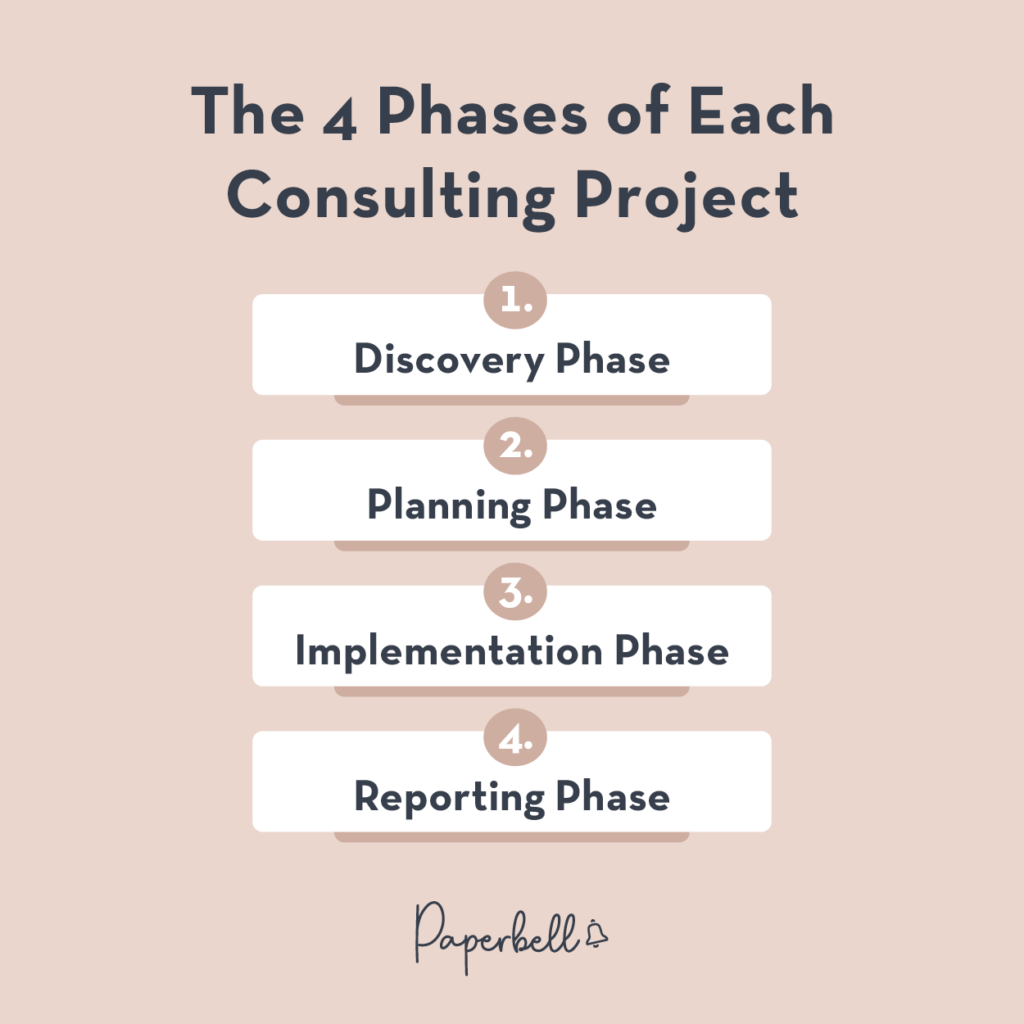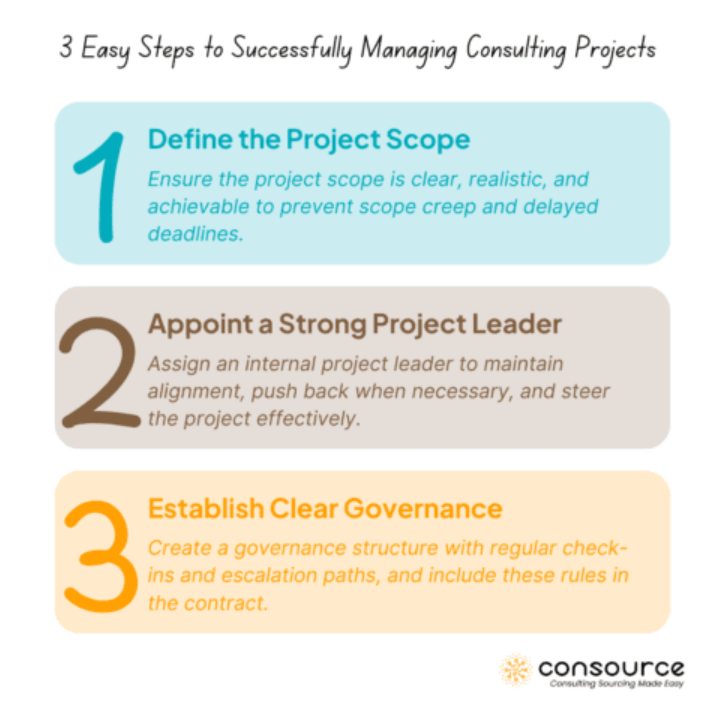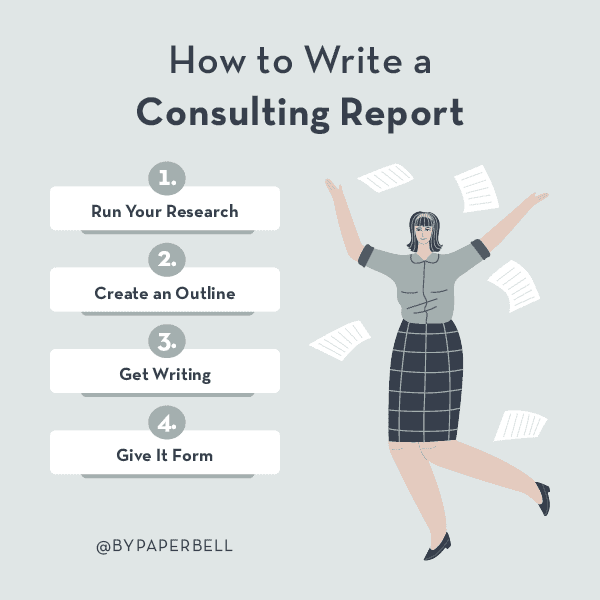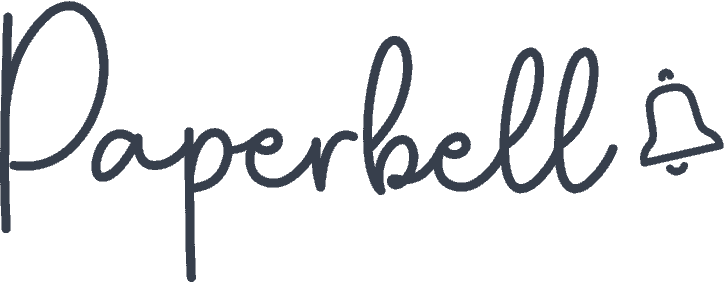Consulting services can either drive significant business growth or become a costly disappointment. The difference comes down to how solid your consulting process is.
When consulting clients invest in high-stakes business guidance, they need more than expensive conversations. A well-structured, objective-driven consulting process transforms abstract expertise into concrete results.
Without it, you’re just winging decisions that could make or break an organization.
A step-by-step formula for solving business problems delivers better client outcomes and builds your confidence in guaranteeing transformative results.
In this article, you’ll learn why developing consulting processes is crucial for professional consulting businesses and how to build your own consulting framework.
Benefits of Having Consulting Processes
Consulting services are traditionally thought of as simply advising, or, in other words, providing information and giving instructions. In reality, that’s just the tip of the iceberg.
Experienced consultants know that their value won’t simply be judged by what they know, but by how effectively they can create change in their client’s business. The process of consulting is much more complex than simply serving up expertise.
That effectiveness is created by:
- Dedicated research
- Data collection
- Careful planning
- Going the extra mile to make sure changes are actually implemented
You need to keep your clients accountable and show them how what sounds great in theory can be put into practice, not just at the beginning of projects, but all the way through.
To deliver maximum results, you need to:
- Set clear expectations for both yourself and the client organization on how you’ll work together
- Make sure you are both on the same page before you get started
- Propose a process that can get them from their current business challenges to their desired future
The process can involve:
- Conducting a diagnosis of deep-rooted issues
- Facilitating learning in the organization
- Optimizing key areas surrounding the issues
That’s what will make your client’s management team trust you and justify the price it costs to work with you.
Once you’ve built your consulting process, you’ll need the right tools to deliver it professionally to clients. Paperbell makes it simple to sell your consulting services online with scheduling, payments, contracts, and client management all in one place.
Try Paperbell for free and see how it can streamline your consulting business.
The 4 Phases of Each Consulting Project

Before we jump into the four phases that typically make up every consulting process, it’s important to highlight that this is not a ready-made recipe.
Each consulting case is different, and your impact as a professional lies in figuring out how this can be fitted to the unique challenges your clients are facing.
By adding your own approach to each of these stages, you can create a project management roadmap for your client on how your collaboration would look from start to finish with them.
Even if you work on seemingly similar cases, the length of each phase might differ significantly. Sometimes, finding the right solution (or figuring out what the real problem is) takes longer than putting it into practice.
Other times, it’s the other way around.
Nevertheless, most consultants need to flesh out their process in detail for each of these phases to create more certainty for them and the client organization. Organizational change can only happen when you identify the right problems to tackle.
So let’s dive into the four key phases in a typical business consulting process.
Discovery Phase
The first phase is the phase where you’re getting to know each other with a new client or redefining the terms of your collaboration with an existing one. You’ll interview your client during a discovery session to uncover the business challenges they need help with and assess whether it’s a case you can take on.
This is your chance to present and demonstrate your corporate strategy expertise and the approach you will take with the case. Building trust is an important element of this phase, so showcasing your consulting services in this way will allow you to earn that trust.
Asking the right questions and gathering information during discovery is essential for:
- Structuring your consulting offer
- Conducting a brief data analysis
- Laying down the terms of your partnership
This phase might take one meeting or several, but it typically ends when you get your consulting proposal signed.
Discovery sets the foundation for everything that follows. Gain as much clarity as possible, but don’t let this phase drag on so long that you’re giving away services for free.
Planning Phase
Now you have more of a clear picture and some skin in the game. It’s time to dig deep with the second phase of strategy consulting.
The most impactful consultants ask questions and listen before they speak, and that’s exactly what you should be doing in your planning phase.
Open the case with critical questions to find the root cause of their problem. Rushing through this stage risks solving the wrong problem entirely, wasting time and resources.
The more consulting frameworks you have available, the more insights you’ll create. It’s worth updating your toolkit before your first meeting.
[ Read: 7 Consulting Frameworks That Win Big Clients ]
As focus areas crystallize, you’ll need to research data and industry trends surrounding the central issue. Then you can return to your client with:
- An in-depth analysis of their current situation
- Strategic consulting solutions for their business
- A detailed implementation process
Your client can now decide on the winning solution, and you can develop a plan for implementation.

Implementation Phase
In some consulting contracts, planning is where the story ends. However, the devil is in the details, and it’s often during this phase that certain elements of the company’s business strategy start to make sense.
Putting the plan into practice will likely reveal more insights (or problems to work on). Sticking around when that happens allows you to give even more value to your client.
Effective consultants work themselves out of a job. Your role doesn’t stop at providing information but extends to overseeing what leaders do with that information.
Implementation doesn’t mean doing the job yourself. It might involve:
- Regular meetings with key decision makers to measure progress
- Getting involved in various business functions
- Using your consulting skills to support stakeholders at all organizational levels
This phase maximizes your impact, facilitates learning, and improves organizational effectiveness.
Reporting Phase
The final step is often overlooked, even though both you and the client can learn the most from it. While you may prepare reports throughout the process, the final project report should definitely be part of your workflow.
[ Read: 4 Simple Steps to an Impactful Consulting Report (+ Free Google Doc Template) ]
Your report goes in-depth on all business aspects, from the business model to current challenges and solutions.

This phase evaluates results achieved after implementing your strategies. The lessons learned become:
- An asset for the company you’ve worked with
- Documentation of best practices for future similar projects
- A case study for your portfolio
The findings you present help both parties understand the transformation that occurred and the value delivered.
Create Your Own Consulting Process
The four stages of a consulting process that we’ve just outlined will give you the pillars you can rely on when planning your workflow and collaboration terms with your client.
But the real power of your consulting business lies in developing your own unique approach and philosophy.
If you’re at the beginning of your career, following this standard four-step process will work perfectly fine for most clients. Then, as you gain experience and perspective as a professional, you’ll have the chance to shape your own process in a way that works best for you and the type of clients you work with.
Customized vs. Standard Consulting Processes
You can have more than one consulting process in your inventory to use based on the cases you’re working on.
Sometimes, they will fit like a glove, and you can outline them on the spot during discovery sessions.
Other times, you’ll find that they need tweaking and adjusting based on:
- The challenges of the case
- What your client is willing to agree to
- The timeline and budget constraints of the project
These processes serve as templates in your business so that you can take shortcuts in your thought process and optimize your work.
Much like your consulting frameworks, the more options you have in your inventory, the more you can expand your portfolio and raise your game.
Your frameworks are your tools to solve problems within a client contract, but your processes will help you set expectations and provide context to your collaborations.
How To Develop Your Own Consulting Process
Here are three approaches you can take to develop your own consulting processes in your practice.
1. Analyze Past Projects.
Divide the cases you’ve worked on in the past into categories, and look for patterns in the processes you followed:
- Which stages of the process had the least impact and could be eliminated?
- What steps are you missing in your usual process that could add more value to your clients?
2. See What Works In Your Niche.
If you specialize in a specific industry or consulting niche, you might find that some processes work in that area better than others.
You can also look at what processes consultants in other niches follow that you can learn from.
3. Question The Status Quo.
Processes are there to simplify your work, not to limit you. Remember that successful consulting means:
- Bringing maximum value to your clients
- Doing it in your own unique way
- Staying true to your approach even when it differs from industry standards
If you strongly believe that things could be done in such a way that’s different and more efficient than how the rest of the consulting world does it, dare to question the rules.
FAQs About Consulting Processes
What are the four steps of the consulting process?
The four steps of the consulting process are: Discovery, Planning, Implementation, and Reporting. You identify challenges, build a strategy, support execution, and evaluate results to drive business change and deliver long-term value.
What is the first step in the consulting process?
The discovery process is the foundation of any consulting engagement. This phase involves understanding your client’s business, current challenges, and desired outcomes. Management consulting firms prioritize discovery because it establishes the strategic framework for everything.
How do I develop my own consulting process?
Study established consulting firms, then adapt their methodologies to your consulting strategy. Create templates for each phase from discovery through reporting. Test with real clients and refine. Focus on delivering tailored solutions that add value.
Which tool should I use to help me organize my consulting process?
Paperbell is designed specifically for consultants to manage their entire consulting strategy. It streamlines your consulting engagement from discovery through implementation, tracks the client’s business progress, and organizes your strategic framework templates for delivering actionable strategies.
Use Software to Standardize Your Consulting Process
Now that you have a process, how can you make sure it happens every single time? The easiest way is to use consulting software to put it on autopilot.
Paperbell lets you create a custom onboarding flow for each package you offer. Your client will be presented with a contract to sign, payment options, scheduling, and any resources and reminders they need to be successful.
Try Paperbell for free to see for yourself how it can simplify your entire consulting process.

Editor’s Note: This post was originally published in April 2023 and has since been updated for accuracy.









